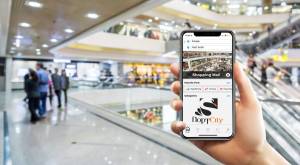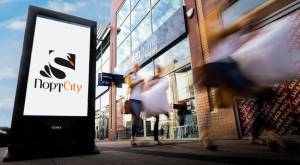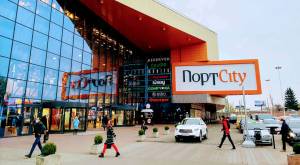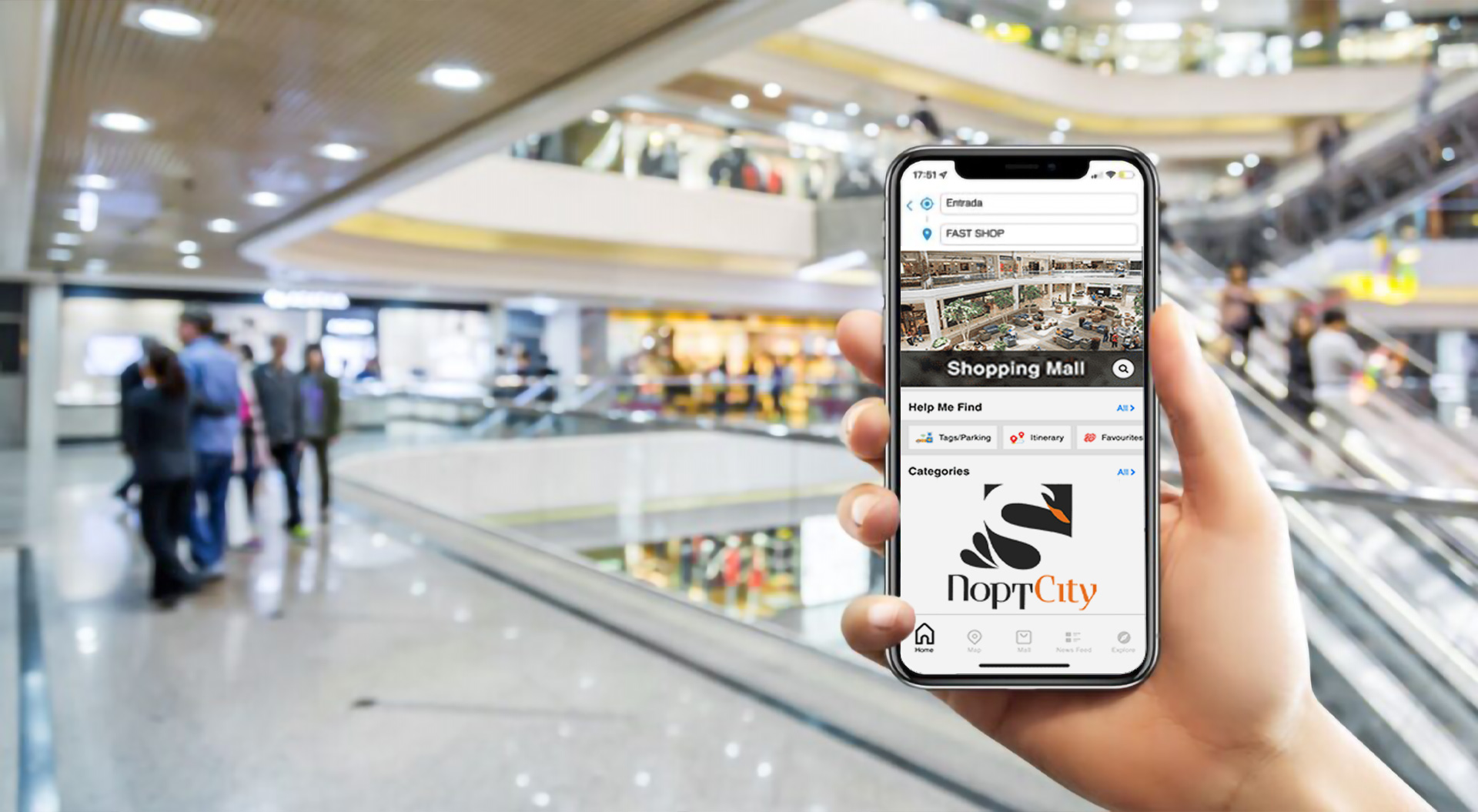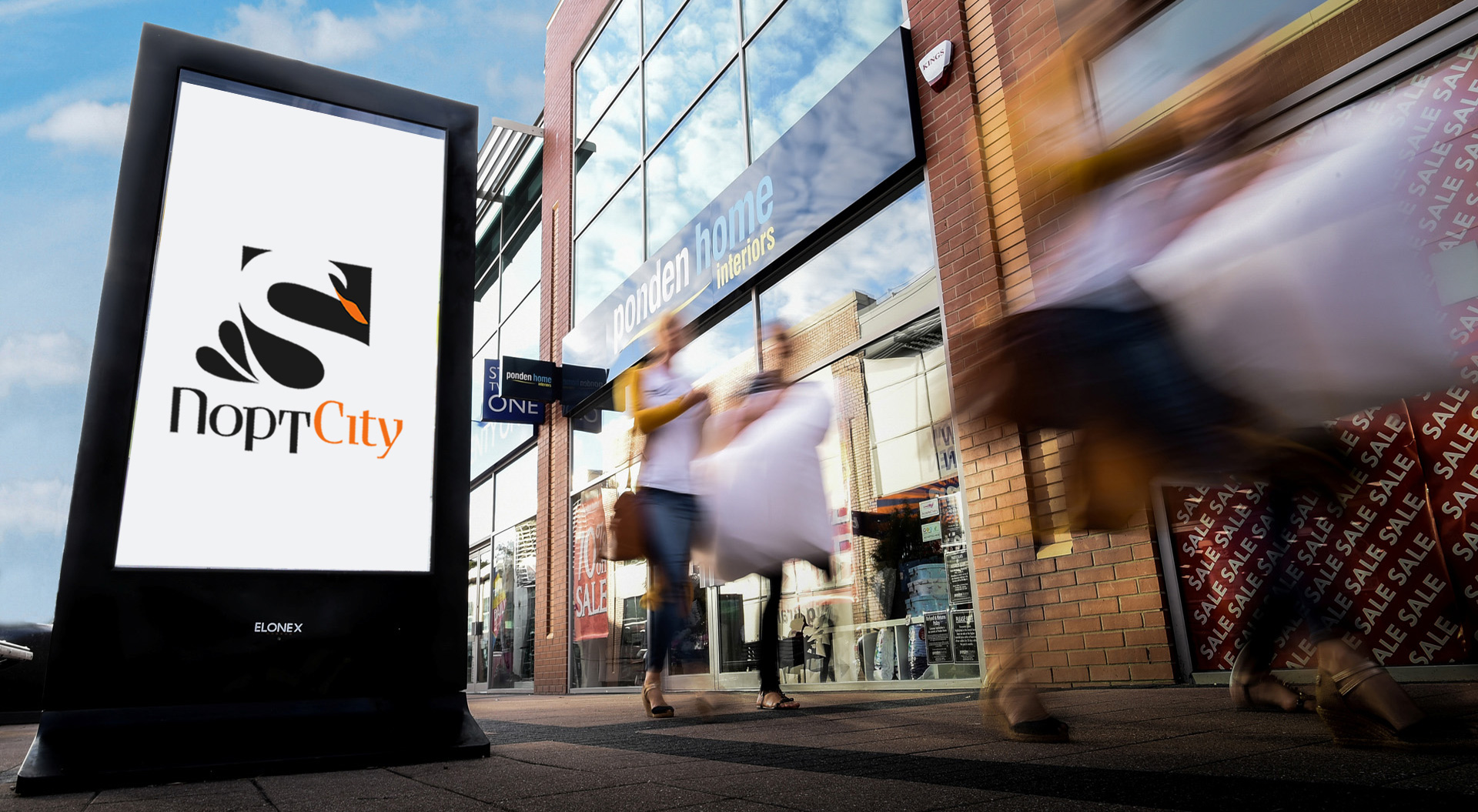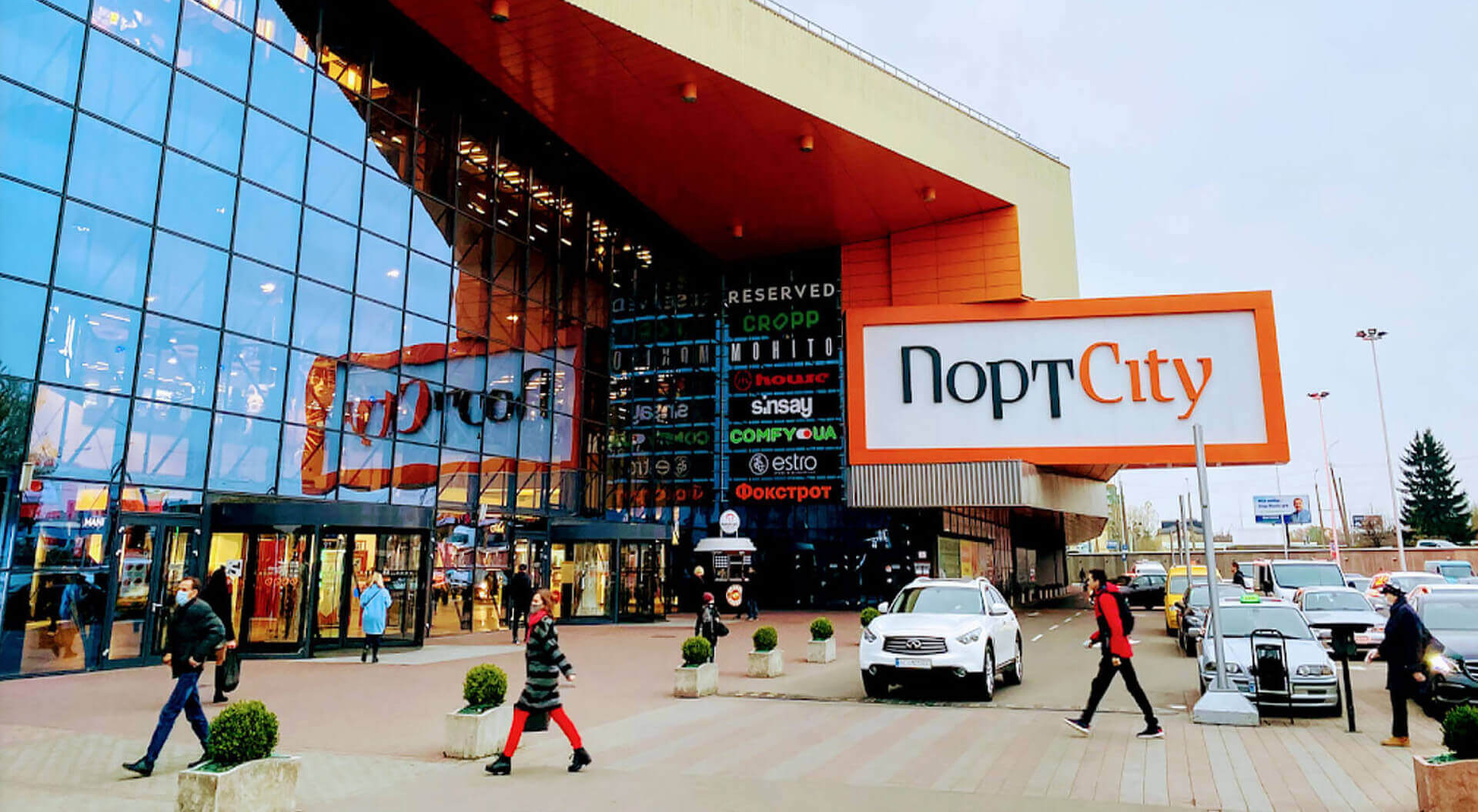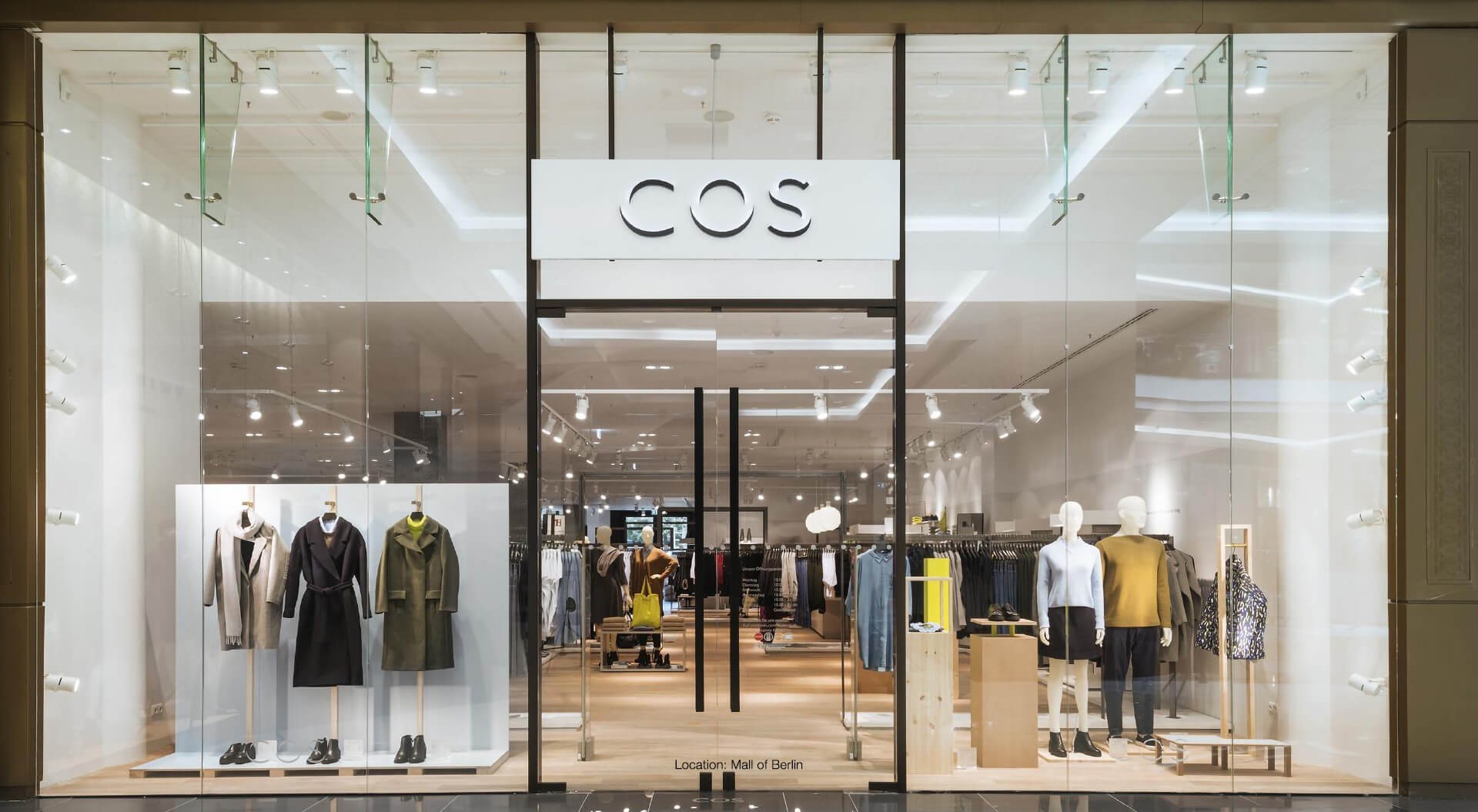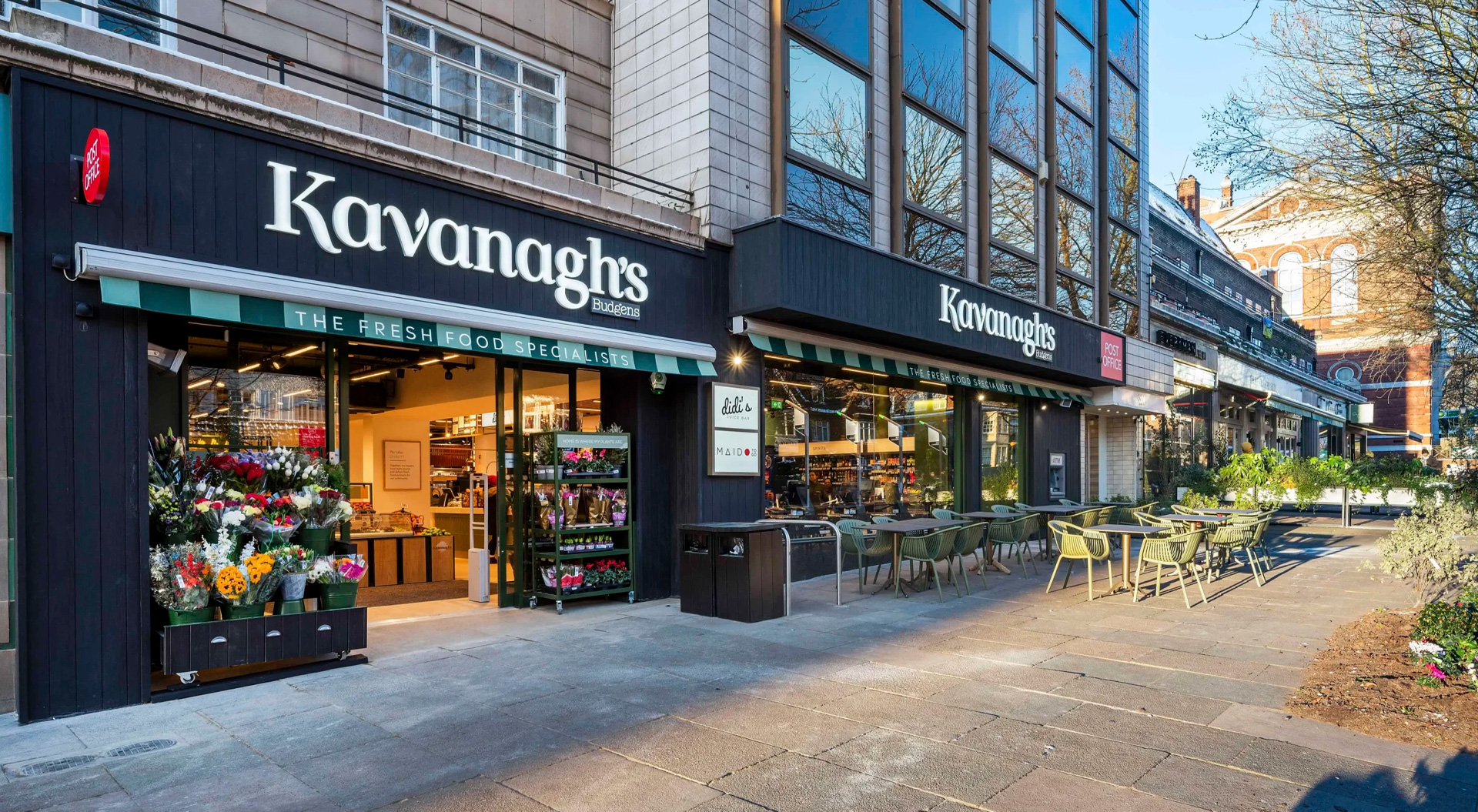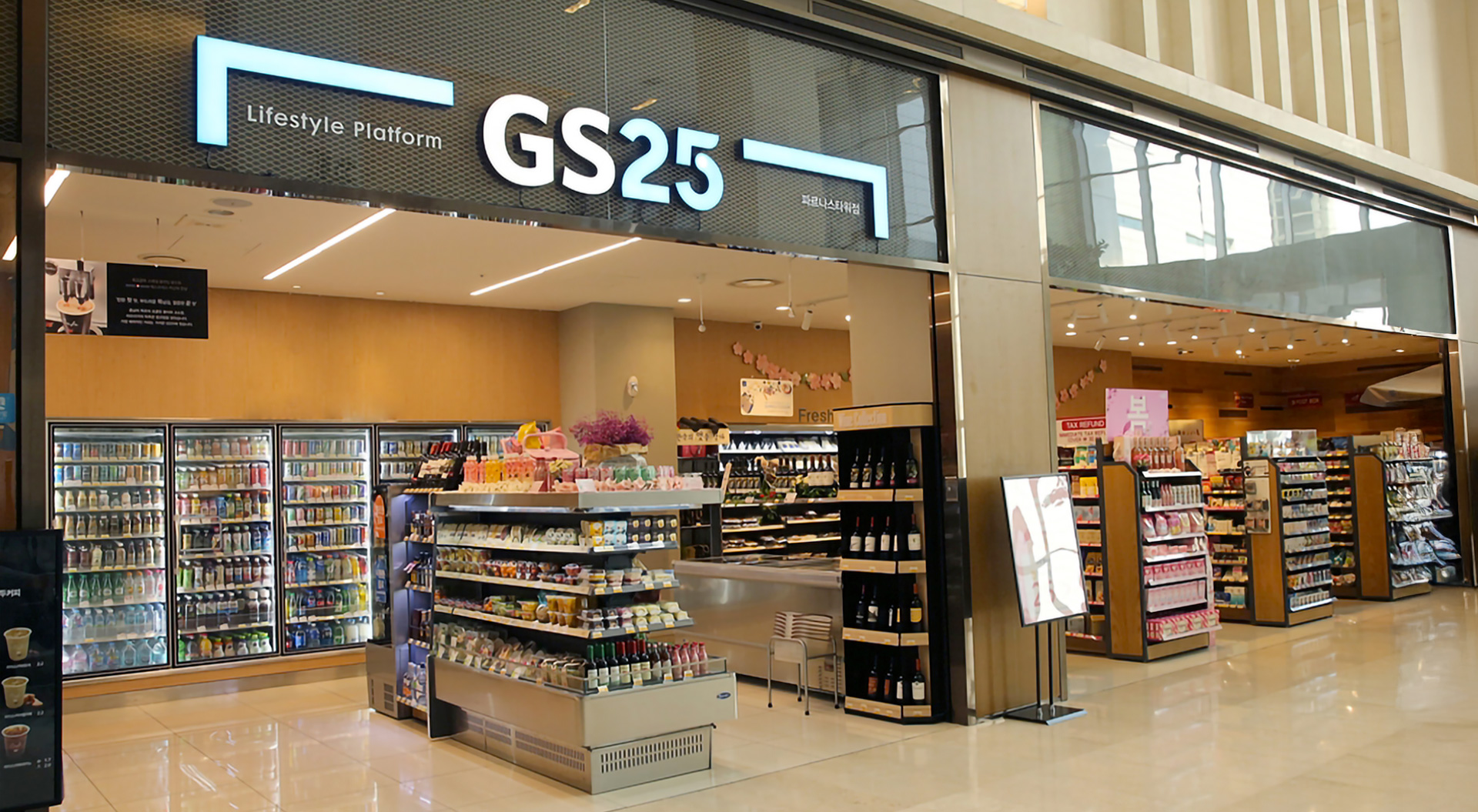Nachrichten und Ansichten
Kommunikationssuite für die Markenidentität des Einkaufszentrums Port City
Destination Einzelhandels-Branding
Heutzutage erwarten Konsumenten beim Besuch von Einkaufszentren weit mehr als nur klassische Einkaufsmöglichkeiten – sie suchen Erlebnisse.
Der Wandel wird unter anderem durch demografische Entwicklungen vorangetrieben, wie eine alternde Bevölkerung und zunehmende Urbanisierung. Immer mehr Menschen leben auf engem Raum und sind auf öffentliche Orte zum Treffen und Verweilen angewiesen. In diesem Kontext werden Einkaufszentren zu beliebten Treffpunkten – insbesondere in Städten, in denen es an sicheren öffentlichen Räumen mangelt.
Nachhaltigkeit spielt ebenfalls eine Rolle: Viele bevorzugen gemischt genutzte Areale, in denen Wohnen, Arbeiten und Einkaufen fußläufig möglich ist – anstatt lange Autofahrten zu weit entfernten Einkaufszentren auf sich zu nehmen. Zudem sorgt die wachsende Mittelschicht in Lateinamerika und Asien für eine steigende Nachfrage nach erlebnisorientierten Shopping-Angeboten.
Die innovativsten Einkaufszentren von heute haben kaum noch etwas mit ihren Vorgängern gemein. Zwar bleibt der Standort entscheidend, aber ein differenziertes Design und eine durchdachte Struktur gewinnen zunehmend an Bedeutung. Open-Air-Konzepte schaffen eine Stadtzentrums-Atmosphäre, besonders wenn sie Teil einer gemischt genutzten Immobilie sind. Viele neue Einkaufszentren in urbanen Räumen sind offen gestaltet und in die Umgebung integriert.
Die Entwicklung der Markenidentität von Port City
Um Innovationskraft in Design und Branding zu kommunizieren, beauftragte das Managementteam von Continuum, einer Kiewer Immobilieninvestmentfirma, unser Kreativteam mit der Entwicklung von Namen und Markenidentität für ihre im Bau befindlichen Malls.
Unser Branding- und Innovationsteam arbeitete eng mit dem Geschäftsführer und dem Projektteam von Continuum zusammen, führte umfangreiche Recherchen durch, analysierte den Wettbewerbsmarkt in der Ukraine und untersuchte Trends europäischer Einkaufszentren.
Nach mehreren Namensvorschlägen entschied sich das Management für „Port City“ als Grundlage für die nächste Projektphase.
Während der Entwicklung verfeinerten wir die visuelle Ikonografie und Typografie, um eine kohärente und wirkungsvolle Markenidentität zu schaffen. Die Marke Port City steht für ein modernes, dynamisches Einzelhandelserlebnis und richtet sich an ein breites, diverses Publikum.
Markenkonzept im Detail:
Name und Bildsprache: Der Name „Port City“ steht für Bewegung, Handel und Entdeckung. Die visuelle Gestaltung orientiert sich an maritimen Themen, zentral ist das Bild des Schwans.
Modern und hochwertig: Die Markenidentität ist elegant und zeitgemäß – orange, schwarz und weiß dominieren als Farbpalette und symbolisieren Wasser, Klarheit und Modernität.
Vielseitig und zugänglich: Trotz Premiumanspruch bleibt die Marke vielseitig und inklusiv – attraktiv für anspruchsvolle Käufer ebenso wie für Familien.
Typografie und Logo: Klare, moderne Schrift trifft auf ein elegantes Design. Das Schwanenlogo verleiht der Marke Wiedererkennungswert und einen Hauch von Exklusivität.
Einkaufserlebnis: Vom Layout bis zur Beschilderung spiegelt alles die moderne visuelle Identität wider – für ein nahtloses und angenehmes Einkaufserlebnis.
Luxus trifft Alltag: Hochwertige Materialien wie Glas und Metall treffen auf einladende Räume – die Mall wirkt hochwertig, aber nicht abgehoben.
Sozial und einladend: Die Markenidentität von Port City betont gezielt soziale Interaktion und gesellschaftliches Engagement. Das Einkaufszentrum wird als sozialer Treffpunkt positioniert, an dem Besucher nicht nur einkaufen, sondern sich auch treffen, essen und unterhalten lassen können. Dieser Aspekt spiegelt sich im Branding durch aufmerksamkeitsstarke Werbematerialien und veranstaltungsbezogene Designkonzepte wider, die lebendig und ansprechend gestaltet sind.
Nachhaltigkeit und Innovation: Unser Team hat Nachhaltigkeit in die Markenidentität integriert, durch den Einsatz umweltfreundlicher Materialien und Designlösungen, die umweltbewusste Konsumenten ansprechen. Die Marke positioniert das Einkaufszentrum als zukunftsorientierten Ort, der sowohl Innovation als auch ökologische Verantwortung in den Mittelpunkt stellt.
Zusammenfassung:
Die Markenidentität des Port City Shopping Malls ist eine moderne, anspruchsvolle und vielseitige Darstellung eines lebendigen Einzelhandelsziels. Inspiriert von maritimen Themen und geprägt durch den Fokus auf Luxus und Inklusivität, schafft die Identität eine einladende und zugleich hochwertige Atmosphäre. So wird das Einkaufszentrum als erstklassige Adresse für Einkauf, Gastronomie und soziale Erlebnisse positioniert.

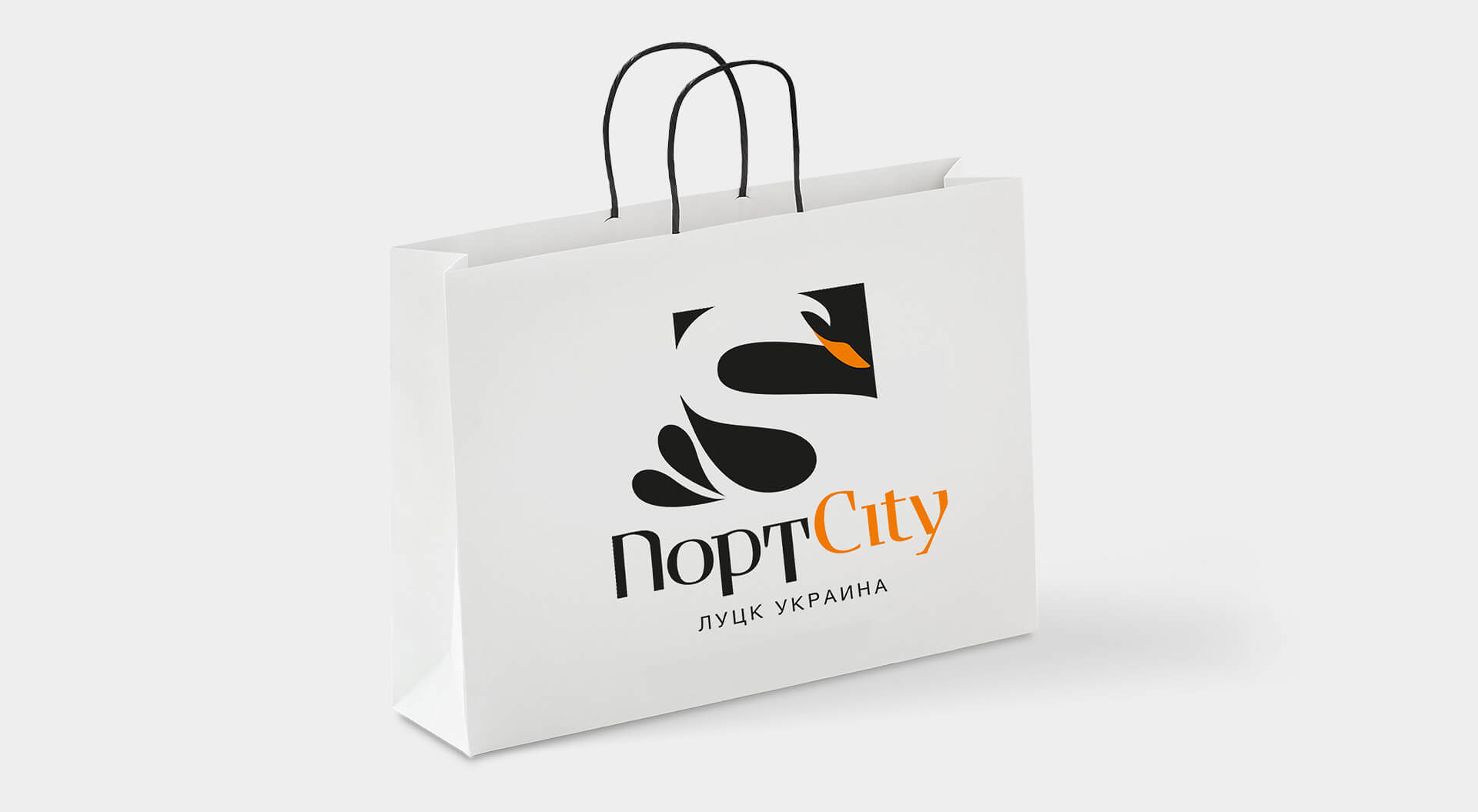


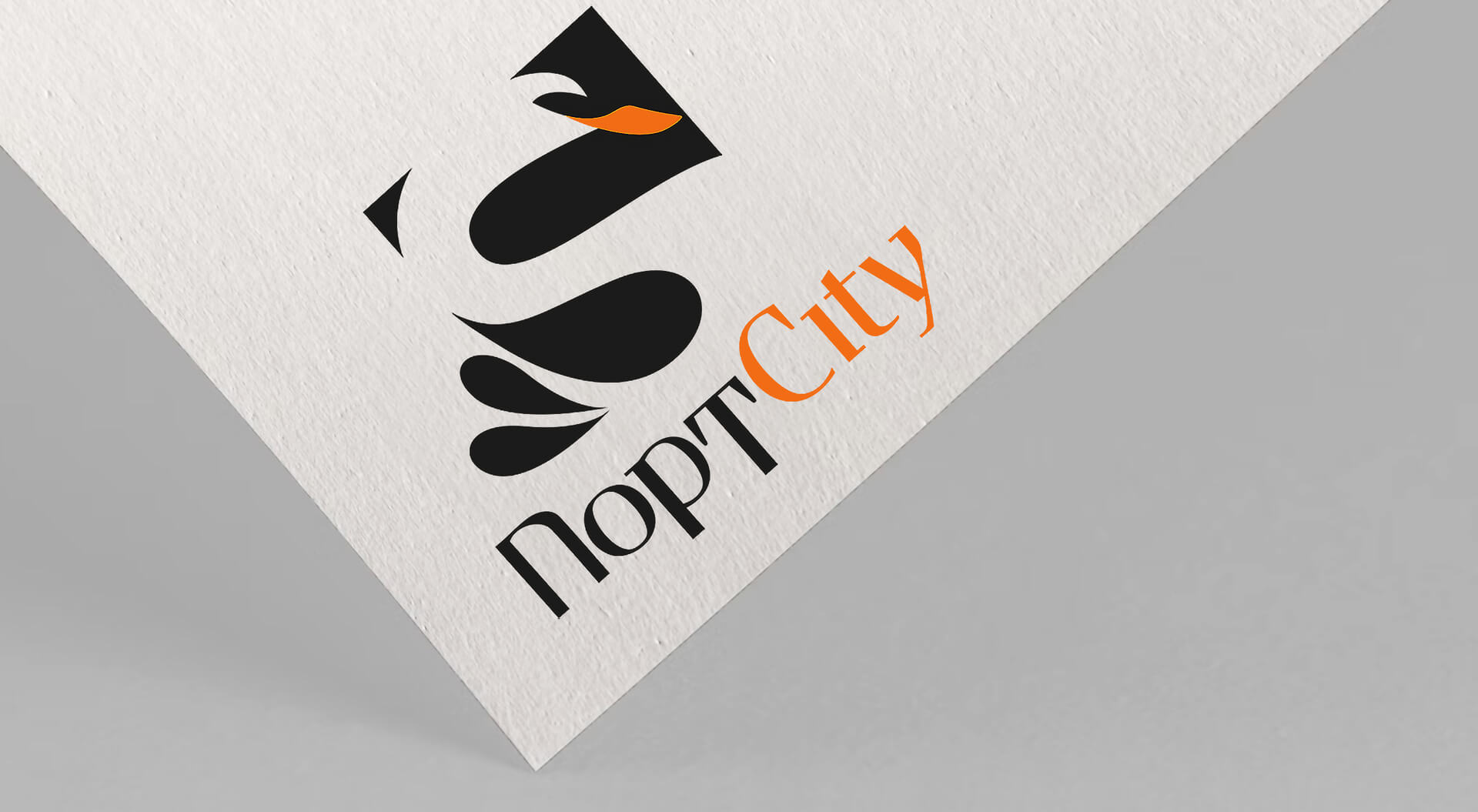

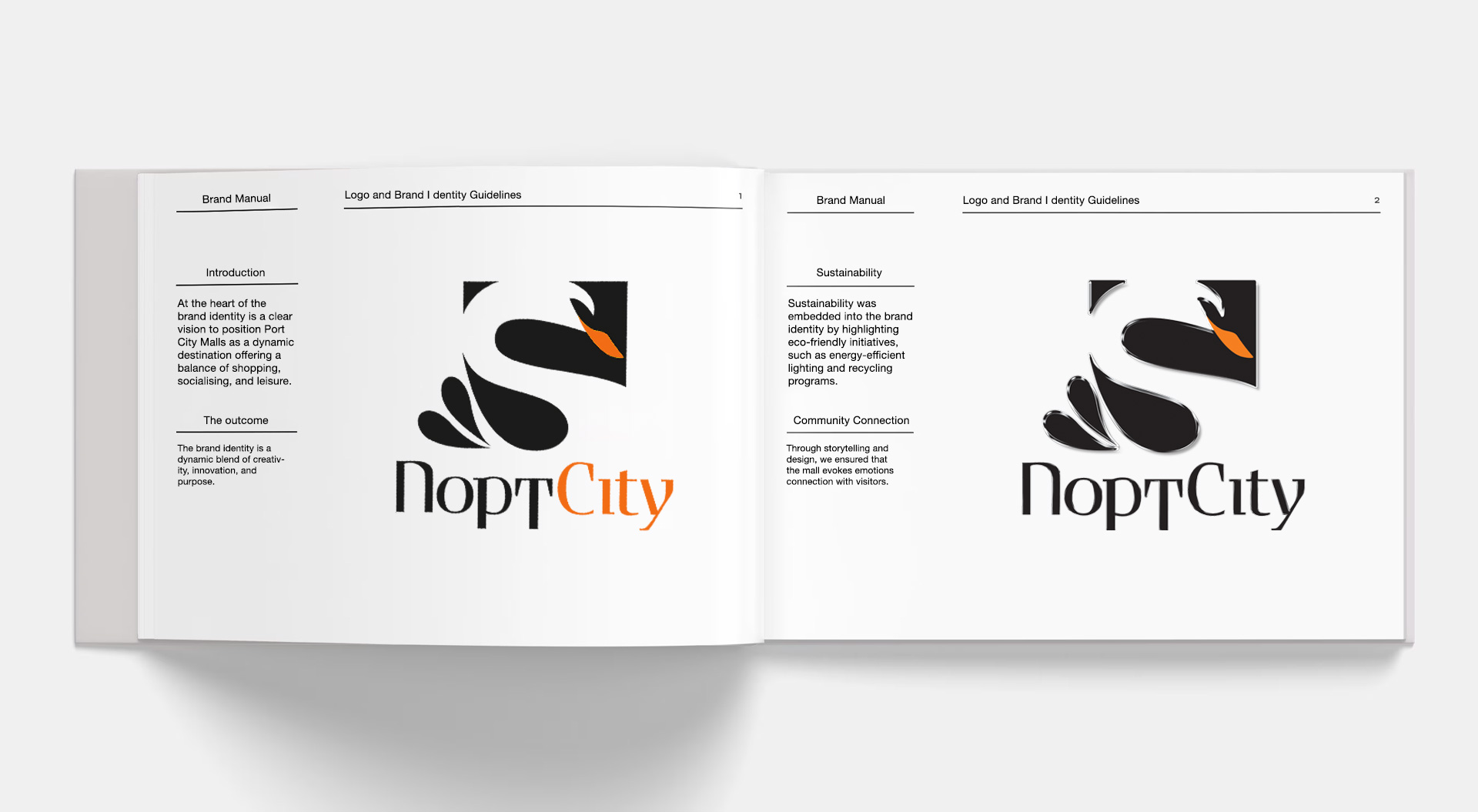
Destination retail branding for malls
Today, when consumers visit malls, they are looking for experiences that go well beyond traditional shopping.
The trends helping to create this change include changing demographics, such as an aging population and increased urbanization, which means more people living in smaller spaces and a greater need for public spaces in which to socialize and congregate. In this environment, malls offer a welcome watering hole, especially in cities where other public spaces are not safe. Sustainability concerns are causing some consumers to prefer mixed-us developments where they can live, shop and work all within walking distance - instead of having to get into a car and drive to a crowded suburban mall. The growing middle classes in Latin America and Asia maintain a strong association between consumption and pleasure, driving the need for more engaging shopping experiences.
The most innovative malls today look nothing like their predecessors. Although location remains the key real estate consideration for malls, a differentiated design and structure is increasingly important. Open air malls go a long way toward lending an atmosphere of a town center, especially when they incorporate mixed use real estate. Many of the malls being built in urban areas are open and fully integrated with the landscape.
Attributes Required for Creating an Exceptional Shopping Mall Brand Identity.
Clear Vision and Purpose:
A strong brand identity begins with a clear understanding of the mall’s purpose and positioning. Whether it aims to be a luxury destination, a family-friendly hub, or a tech-savvy shopping centre, this vision should guide every branding decision.
Distinctiveness:
The identity must set the mall apart from competitors. Unique architectural features, creative design elements, and innovative visual communication can help the brand stand out and resonate with visitors.
Consistency:
Branding across all touch points: logos, signage, marketing materials, social media, and in-mall experiences—should maintain a consistent tone, style, and colour scheme. Consistency builds recognition and trust.
Emotional Connection:
A great brand identity goes beyond functionality to evoke emotions. It could be nostalgia, excitement, or sophistication, depending on the target audience. A mall’s branding should tell a story that resonates emotionally with its visitors.
Audience-Centric Design:
The brand identity must align with the preferences and expectations of the target demographic. Factors like language, colour palette, design style, and messaging should reflect the cultural and social values of the audience.
Flexibility and Adaptability:
A mall’s brand identity must be flexible enough to adapt to seasonal campaigns, special events, and changing market trends without losing its core essence.
Seamless Integration of Digital and Physical Spaces:
The identity should create a cohesive experience between the mall’s physical presence and its digital platforms. This could include integrating the brand’s logo and design into way-finding systems, apps, websites, and social media channels.
Inclusivity:
A modern mall brand identity should embrace diversity and inclusivity, catering to a broad range of audiences and ensuring accessibility for all.
Sustainability:
Incorporating sustainable practices into the mall’s identity is increasingly important. Branding can emphasise eco-friendly initiatives like energy efficiency, recycling programs, and partnerships with green businesses.
Scalability:
The brand identity must work equally well for small-scale promotional materials and large-scale signage or architectural features, ensuring a cohesive experience regardless of scale.
Memorability:
The brand should leave a lasting impression on visitors through iconic design, engaging campaigns, or unique experiences that people associate specifically with the mall.
Integration of Lifestyle and Community:
An exceptional mall brand identity should reflect not just a shopping experience but also a lifestyle hub. Highlighting spaces for dining, entertainment, and community events enhances the perception of the mall as a vibrant and versatile destination.
By carefully combining these attributes, a shopping mall can develop a brand identity that not only attracts visitors but also turns them into loyal advocates, ensuring long-term success in a competitive retail environment.








